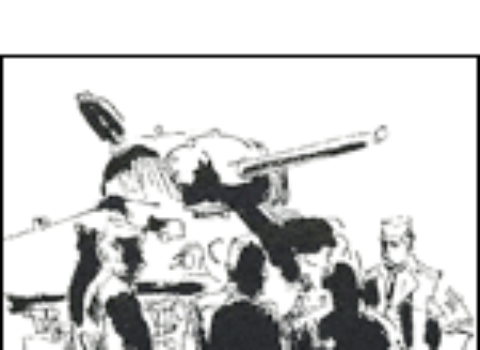America in the Middle East: learning curves are for pussies.
—Jon Stewart, The Daily Show, June 2, 2015
In January 2017, following Donald Trump’s inauguration, his national security staffers entered their White House offices for the first time. One told me that when he searched for the previous administration’s Middle East policy files, the cupboard was bare. “There wasn’t an overarching strategy document for anywhere in the Middle East,” the senior official, who insisted on anonymity, told me in a coffee shop near the White House. “Not even on the ISIS campaign, so there wasn’t a cross-governmental game…




